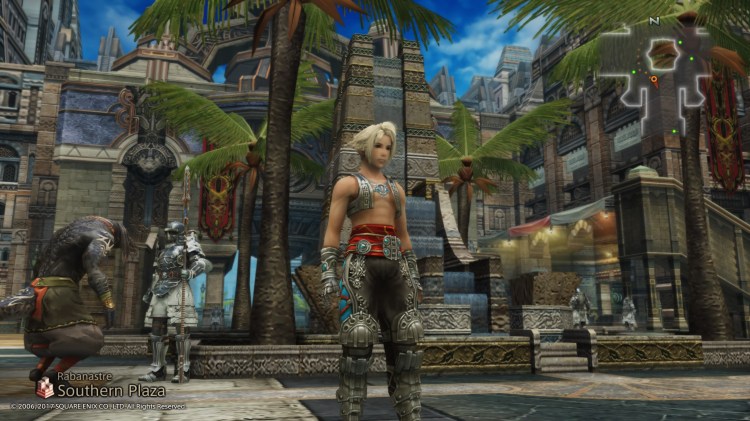I can’t believe that Final Fantasy XII was a controversial game when it first came out for the PlayStation 2 in 2006. Its brilliance was obvious to me then, and the Zodiac Age has proven that the role-playing game won’t let a silly thing like time dilute its quality.
Check out our Reviews Vault for past game reviews.
Of course, Square Enix has added some improvements to make this HD remaster for the PlayStation 4 — which comes out on July 11 — so phenomenal. But all of the touched-up visuals and convenient new features wouldn’t have mattered if the base game wasn’t so deep and interesting.
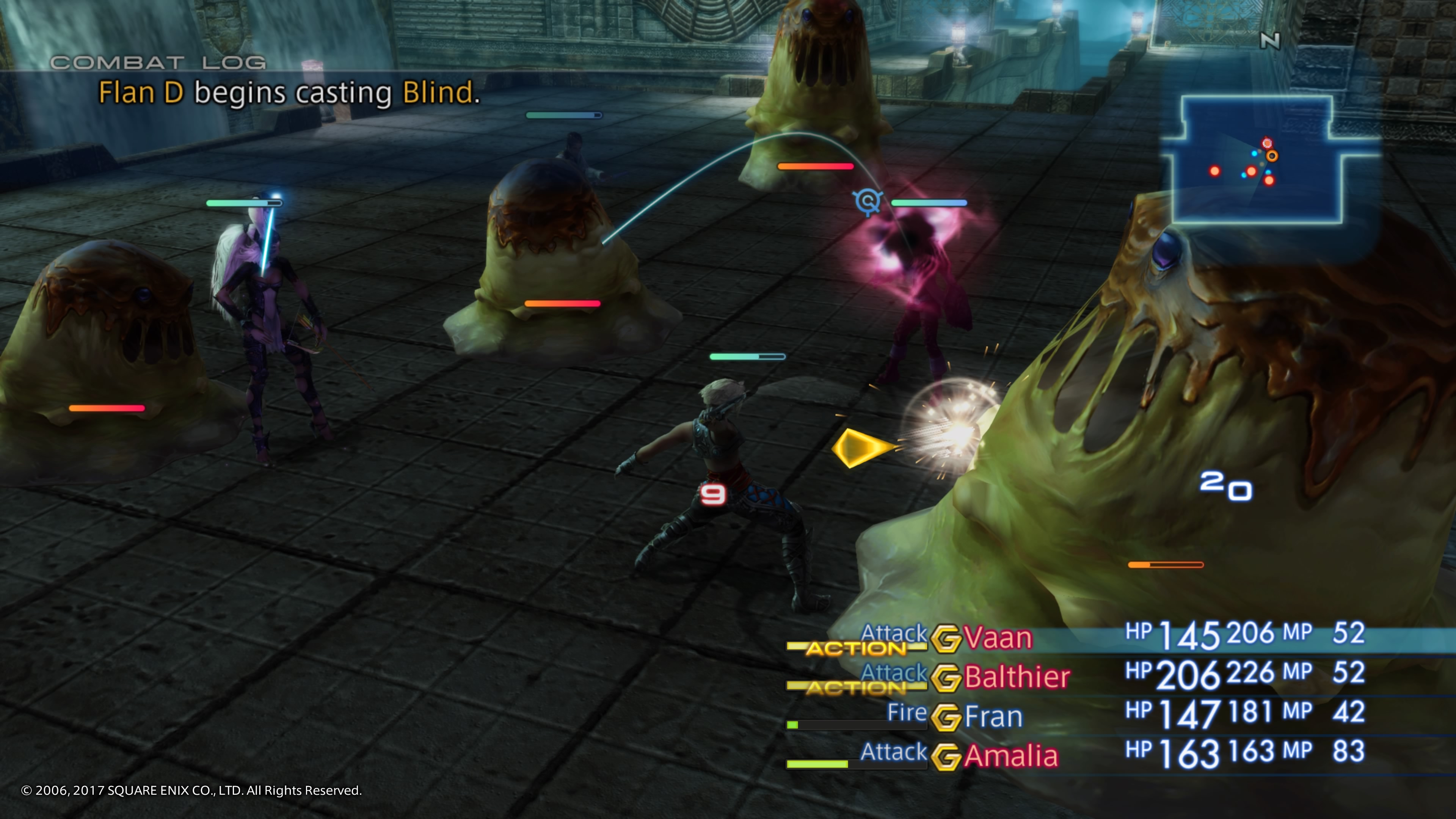
Above: Fighting in Final Fantasy XII.
What you’ll like
Final Fantasy XII is still great
June 5th: The AI Audit in NYC
Join us next week in NYC to engage with top executive leaders, delving into strategies for auditing AI models to ensure fairness, optimal performance, and ethical compliance across diverse organizations. Secure your attendance for this exclusive invite-only event.
Final Fantasy XII was a big departure for the series. It was the first installment (outside of the online multiplayer Final Fantasy XI) in the main franchise to not feature usual Japanese RPG mechanics like random encounters. Instead, you walked around and fought monsters as you came across them.
But Final Fantasy XII is not an action game. Battles are more about planning, exploiting weaknesses, and keeping your team healthy. You don’t just mash an attack button. Honestly, fights aren’t as much of a departure from traditional Final Fantasy games as you’d imagine. Characters still need to wait for a meter to fill before they can fulfill any action, similar to the Active Battle System that Square Enix used in popular games like Final Fantasy VI and Final Fantasy VII.
The Gambit system is what really makes Final Fantasy XII unique. While you can always pause the action and issue individual orders for your team, Gambits let you give your party special, conditional commands. For example, you can tell a character to always heal an ally if their health is less than 40 percent full. You can even place these Gambits in order of importance, making sure that the heal will go off before that same character uses a fire-based spell on an enemy that’s weak to that element.
No, the game doesn’t play itself. For tougher battles, you’ll still need to keep tabs on fights and issue special commands depending on the situation. But the Gambits add a ton of depth, turning you into something of a programmer. You’re like a mad scientist trying to figure out the perfect chain of commands that can keep you successful.
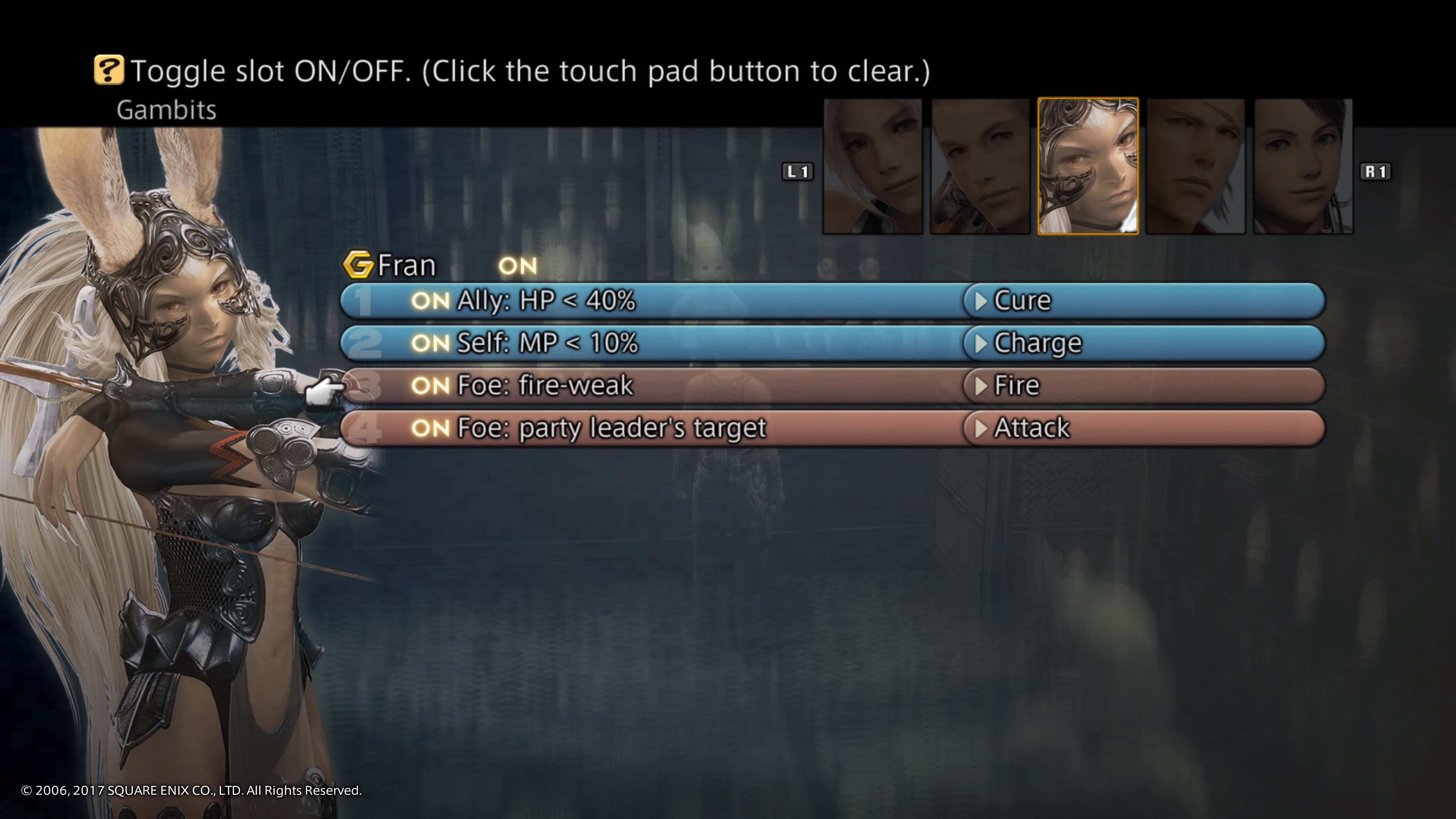
Above: The Gambit System.
It looks and sounds better
Final Fantasy XII was already a beautiful experience, but it was a PlayStation 2 game. We didn’t have fancy things like HD graphics back then. Now, the Zodiac Age is a remaster, not a remake. It takes the original assets and presents them in the clearer format.
But Final Fantasy XII was such a well-designed game that it still looks amazing, and the HD sheen makes the RPG more impressive than ever. The colorful cities have character and unique identities.
The Zodiac Age also has the game sounding better than ever. Square Enix has actually re-orchestrated the original soundtrack, making the songs sound more grand and cleaner.
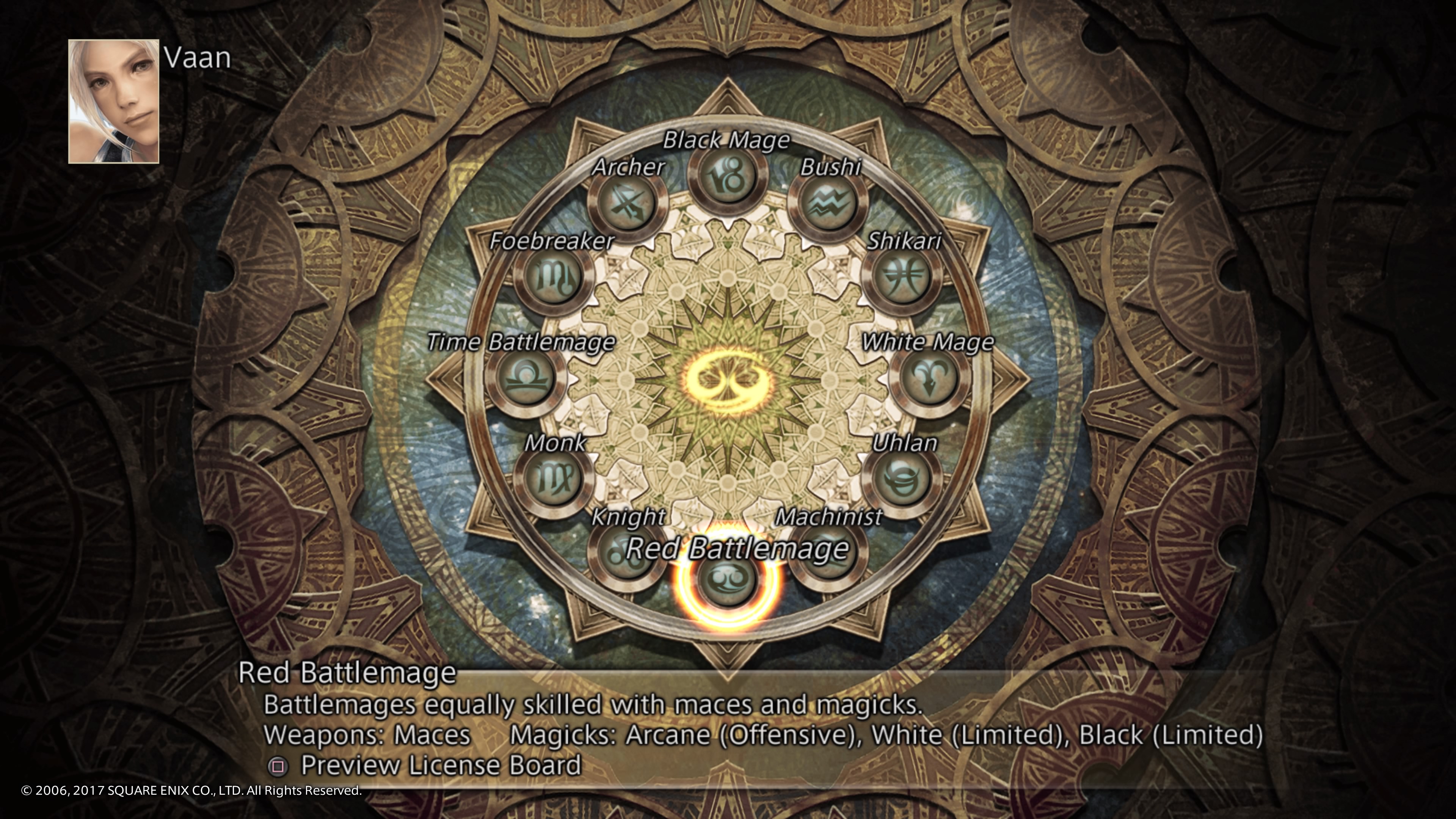
Above: Picking your job.
The convenient new features
Square Enix has based this remaster on a version of Final Fantasy XII that never saw a release outside of Japan. It added a new progression mechanic, the Zodiac Job System. In the original Final Fantasy XII, every character had access to a License Board with the same loadout. Before you could use a spell, acquire an ability, or equip an item, you had to get the license for it. This cost License Points, which you earned along with traditional experience points after battles.
I was a big fan of the original system, since it gave me another reward for all of my fighting and a way to customize my characters. The Zodiac version, instead of giving characters the same board, has you picking a role for them at the start. You then fill out a unique License Board with slots designed specifically for that class. This helps you make useful characters, but it still gives you plenty of options. You can decide which class each character will become, and then you can swap those party members in and out. You can also choose which Licenses to prioritize. You might want to spend a lot of points unlocking a slot for a new weapon you found, or you might just want to race for the Licence squares that give you flat stat bonuses.
The Zodiac Job System gives the game a fun little twist for someone who’s already played through the original, but it also helps newer players who might have found the original version intimidating.
But a speed-up mechanic is what really makes Final Fantasy XII a lot more convenient. High Speed Mode puts the game into fast-forward, making it less tedious to traverse long distances just by holding down a button. It automatically turns itself off if you run into a cutscene, so you don’t need to worry about missing anything important.
You can even use High Speed Mode during fights. So, if you’re confident enough in your Gambits, you can run around and easily rack up a lot of experience and license points. It almost feels like cheating, but in truth it’s just letting you speed up past some of the game’s slower and more tedious sections, which is especially nice if (like me) this isn’t your first time going through Final Fantasy XII.
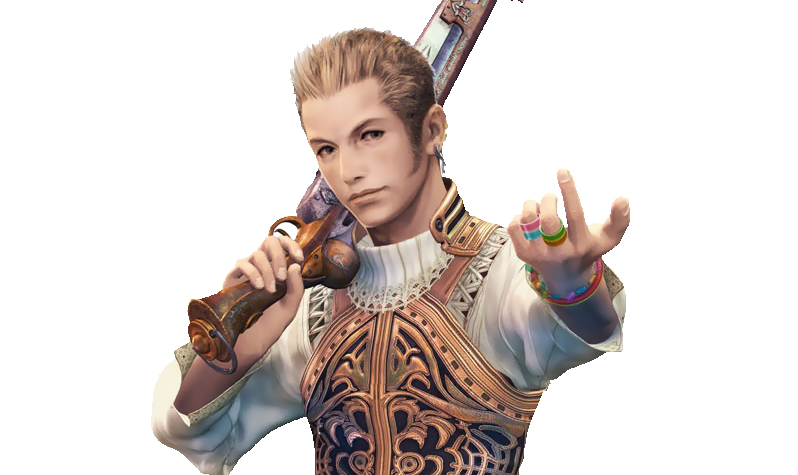
Above: Balthier is dreamy.
Balthier
Balthier is one of the greatest game characters ever. He’s smooth, heroic, blunt, and a perfect gentleman thief. Every scene he is in is automatically more interesting. My heart swells every time I hear his voice. I would rather cut off a small toe than take him out of my party.
He’s so great that he should have been the main character instead of Vaan, the more typical, youthful hero you’d expect to see in a Final Fantasy game.
What you won’t like
Some cramping
Despite all of the improvements, this is still a game from 2006. Final Fantasy XII’s world can sometimes feel a little cramped. Cities and the areas around them are created from a bunch of smaller areas connected via small loading zones. Compared to the huge open-world environments of today, it can feel a bit claustrophobic and quaint.
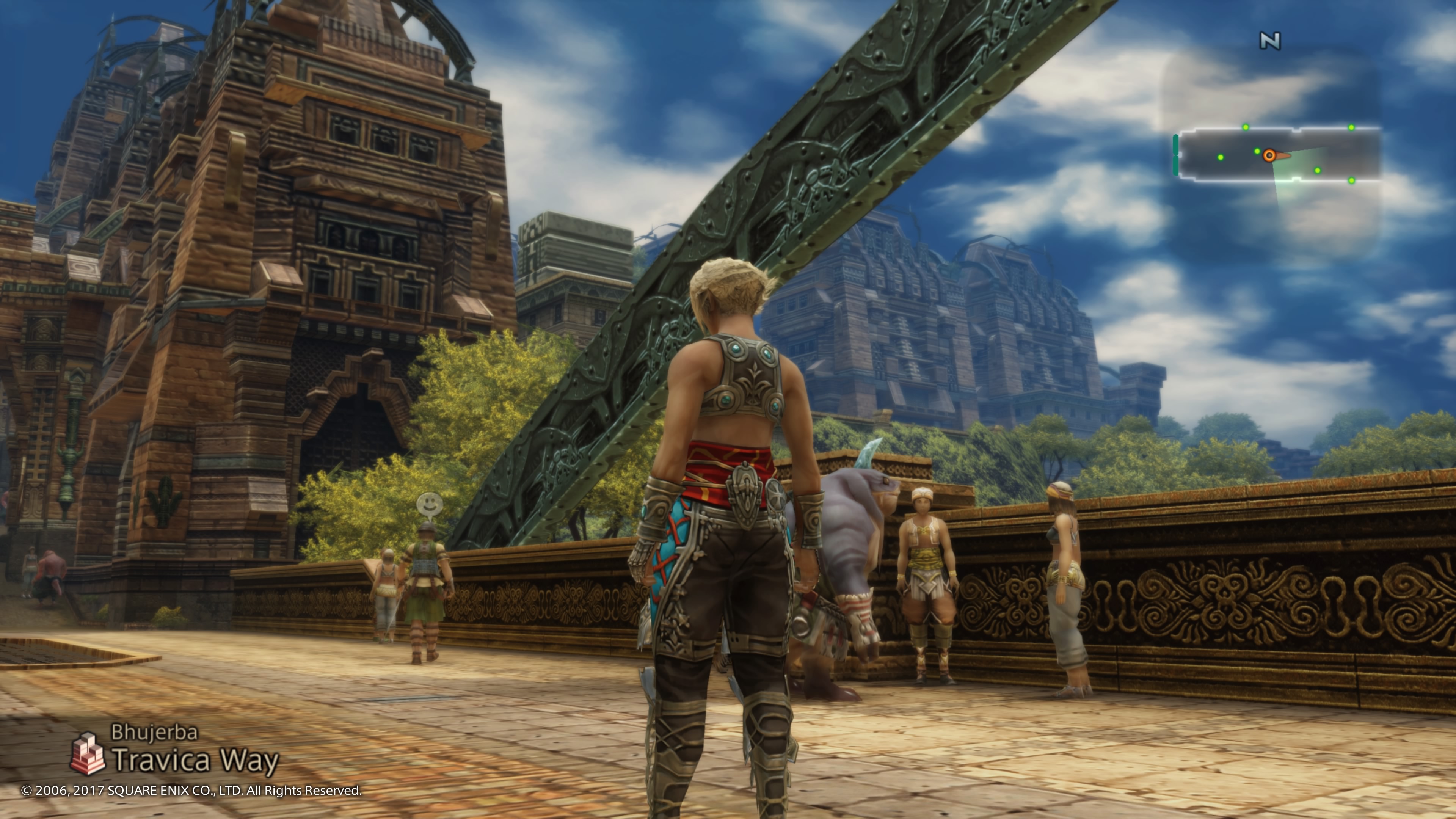
Above: Still looks good.
Conclusion
Final Fantasy XII has aged well. The things that made it unique, especially the Gambit system, still feel fresh. And the Zodiac Job System and High Speed Mode are great improvements that make the game more convenient for newcomers and fresher for fans who have already played it.
If you have any love for RPGs, The Zodiac Age is a classic that you should pay attention to.
Score: 93/100
Final Fantasy XII: The Zodiac Age comes out on July 11 for PlayStation 4. The publisher sent us a code for this review.
